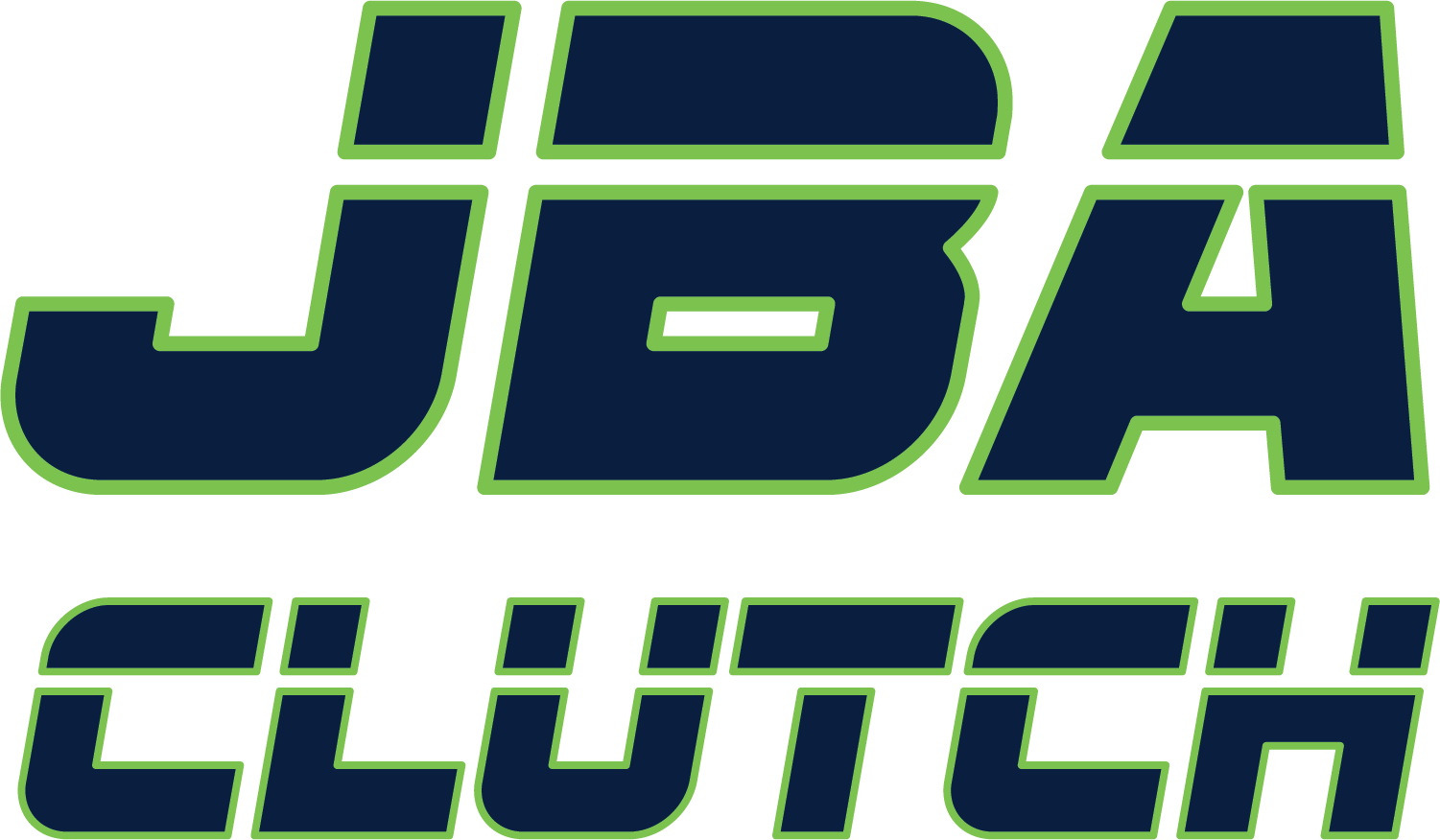Concussion Protocol
Home »
overview
Concussion protocol involves rest, avoiding strenuous activity and taking medication for headaches. To manage pain, ask your healthcare professional if it's safe to take a pain reliever such as acetaminophen (Tylenol, others). Don't take other pain relievers such as ibuprofen (Advil, Motrin IB, others) and aspirin. These medicines may increase the risk of bleeding.
In the first couple of days after a concussion, relative rest allows your brain to recover. Healthcare professionals recommend that you physically and mentally rest during this time. However, complete rest, such as lying in a dark room without any stimuli, does not help recovery and is not recommended.
In the first 48 hours, limit activities that require a lot of concentration if those activities makes your symptoms worse. This includes playing video games, watching TV, doing schoolwork, reading, texting or using a computer.
Don't do physical activities that increase your symptoms. This may include general physical exertion, sports or any vigorous movements. Don't do these activities until they no longer provoke your symptoms.
After a period of relative rest, gradually increase daily activities if you can tolerate them without triggering symptoms. You can start both physical and mental activities at levels that do not cause a major worsening of symptoms.
details
Physical and Mental Rest
Light exercise and physical activity as tolerated starting a couple of days after injury have been shown to speed recovery. Activities might include riding a stationary bike or light jogging. But don't engage in any activities that have a high risk of another head impact until you are fully recovered.
Your healthcare professional may recommend that you have shortened school days or workdays. You may need to take breaks during the day, or have modified or reduced school workloads or work assignments as you recover.
Your healthcare professional also may recommend different therapies. You may need rehabilitation for symptoms related to vision, balance, or thinking and memory.
Returning to Routine Activity
As your symptoms improve, you may gradually add more activities that involve thinking. You may do more schoolwork or work assignments, or increase your time spent at school or work.
Some physical activity can help speed brain recovery. Specific return to physical activity sport protocols may be suggested by your healthcare professional. These typically involve specific levels of physical activity to make sure you return to activity safely. Don't resume contact sports until you are symptom-free and cleared by your healthcare professional.
Concussion information provided from the Mayo Clinic. For more information please contact or visit your local healthcare professional.
